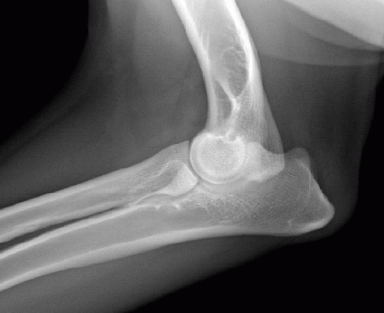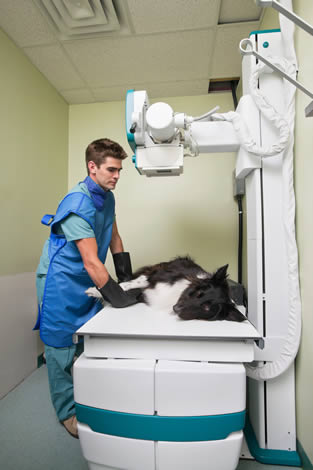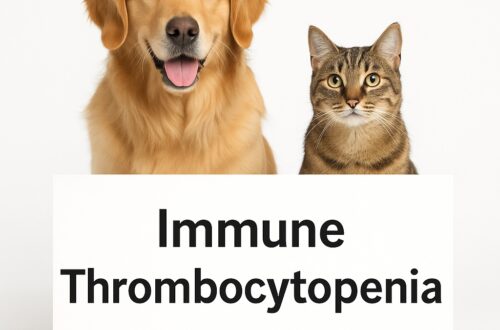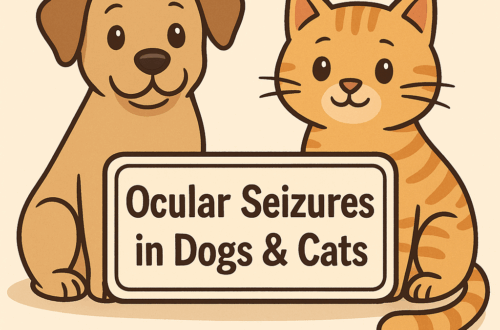Veterinarians order radiographs (often called X-rays) for their patients on a daily basis. These special pictures of bones, joints, and internal organs help us figure out what may be causing our patients to be sick. Some of these ill and injured pets are ultimately referred to board-certified veterinary specialists for further evaluation and care. Occasionally a veterinary specialist will recommend repeating radiographs obtained by their primary care colleagues, and this can be a source of frustration for families given the financial implications of repeat testing. This week, in an effort to provide some rational justification for repeat radiographs to you as pet parents, I spend some time explaining how radiographs are taken and why a board-certified veterinary specialist may recommend repeating them. Happy reading!
X-Rays: What are they and how are they obtained?
In 1895 German physicist William Röntgen discovered the technique for obtaining radiographs. In his original paper, “On a New Kind of Rays”, he discussed “unknown” rays he used to produce images on special photographic plates. The term X-rays was later substituted for “unknown” and we now define radiography as the use of electromagnetic radiation to produce a visual image on a medium such as a photographic plate.
The use of X-rays is uniquely helpful in both human and veterinary medicine because the X-ray photons penetrate tissues to show internal structures. Various body tissues absorb X-rays to varying degrees, allowing differentiation of bone, organs like the liver and kidneys, and air. An X-ray machine produces a narrow beam of X-ray photons that are aimed as a specific body part, and a special cassette is placed below the body area of interest to catch any X-rays that aren’t absorbed by the body. Areas that absorb X-ray photons turn white, while those that don’t absorb any appear black. Below is a radiograph of a dog’s elbow. Bones absorb almost all X-rays, and thus appear white. Muscles, tendons, and ligaments appear to be different shades of gray because of their variable absorption of X-rays, and the air surrounding the leg is black because no X-rays were absorbed.

Proper positioning of a patient under the narrow X-ray beam is of paramount importance for obtaining diagnostic quality radiographic images. Veterinarians and their medical staff must be familiar with the protocols for obtaining the requisite images for proper evaluation of each body part of interest. Most patients are quite amenable to temporary restraint to obtain radiographs without the use of sedation or anesthesia.

Understandably sedation may be the friendliest option for patients with orthopedic injuries like a broken bone because of the manipulation required to obtain diagnostic quality images. Pet parents are legally not allowed to be present in a radiology suite during the procedure because X-rays can be potentially harmful. For this reason, radiology team members are required by law to wear special personal protective gear, and your pet will also have protective coverings placed over body parts not being radiographed.
X-Rays: Why are they repeated?
Believe it or not, board-certified veterinary specialists don’t recommend repeating radiographs just to make more money. We make such recommendations in a sincere interest to do best by your pet. Major possible reasons for repeating radiographs include:
To evaluate response to prescribed therapies: Patients are often referred to board-certified veterinary specialists after their primary care doctors have performed initial diagnostic tests (including radiography) and prescribed some therapies. Unfortunately these pets don’t always respond as expected, and sometimes their primary care doctors refer them for further evaluation. Part of the examination with a board-certified veterinary specialist may include reevaluation of previously obtained radiographs to determine if the prescribed treatments caused any radiographic improvement compared to the initial set of radiographic films.
To help plan surgery: Patients with ligament, tendon, and/or bone injuries often require surgery. Orthopedic surgery is quite intricate, and precision is of paramount importance. Radiographs are uniquely instrumental in allowing a board-certified veterinary surgeon to properly plan his/her surgical approach for your pet. Primary care doctors are often not experienced with obtaining these essential surgical views of your pet’s limbs, and mistakes made because radiographs weren’t acceptable could lead to less than desirable surgical outcomes. Board-certified veterinary surgeons simply aren’t willing to compromise on your pet’s recovery by using inadequate radiographs for surgical planning.
Because original images weren’t available for review: When a board-certified veterinary specialist evaluates your pet, several important things happen during the consultation, including an extensive review of any previously obtained radiographs. Unfortunately many times these images have not been provided for review. Digital images weren’t transmitted to the board-certified specialist, images were electronically sent but lost in cyberspace, or pet parents didn’t bring the films with them to their fur baby’s appointment. Understandably this is quite frustrating for all involved, but it also means the specialist may need to repeat the radiographs to help ensure s/he is making the most appropriate and safest recommendations to your pet.
The take-away message about repeating X-Rays…
Radiographs or X-rays are special diagnostic images of the body that can be invaluable for helping veterinarians diagnose a pet’s illness. Almost every veterinarian has the capability of performing radiography, and accordingly this non-invasive testing is thankfully widely available. Sometimes board-certified veterinary specialists need to repeat radiographs that were obtained by primary care veterinarians. This isn’t done out of a desire to increase revenue, but rather to ensure a pet is diagnosed accurately and treated appropriately.
To find a board-certified veterinary surgeon, please visit the American College of Veterinary Surgeons.
To find a board-certified veterinary emergency and critical care specialist, please visit the American College of Veterinary Emergency and Critical Care.
Wishing you wet-nosed kisses,
cgb




